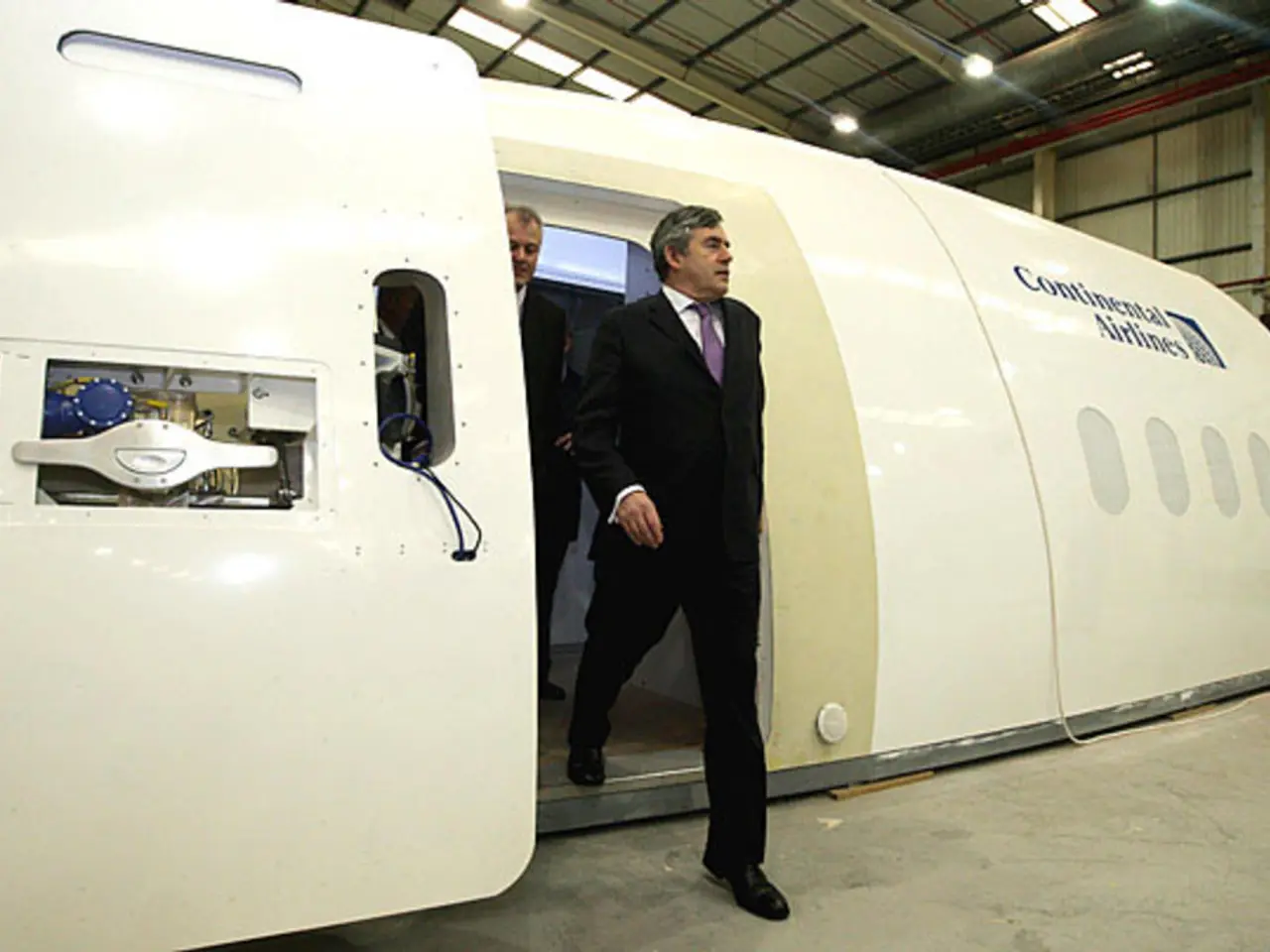Revised Schedule for Air Traffic Controllers' Work Shifts
In the world of air traffic control (ATC), units that operate 24 hours a day require careful shift management to maintain continuous coverage while managing controller fatigue. A common approach to this challenge is a multi-rotating shift system, consisting of three shifts per day - morning, afternoon, and night - with controllers working set hours followed by rest periods.
These shift arrangements, while varying by unit and country, generally adhere to certain principles. Shift length is often 8 hours, with breaks, to optimise alertness. Controllers rotate through different shifts to balance workload and reduce the impact of circadian rhythm disruption. Scheduled breaks during shifts help maintain cognitive performance, while adequate rest between shifts, especially after night duties, minimises fatigue effects.
The impact of these shift arrangements on ATC performance and Air Traffic Management (ATM) service quality is significant. Proper scheduling mitigates fatigue, reducing the risk of errors and enhancing decision-making, which is crucial in maintaining safe and efficient traffic flow. Shift systems that incorporate rest and recovery improve controllers’ sustained attention and reaction times, positively influencing ATM service quality, such as minimising delays and maximising runway capacity.
Moreover, human factors considerations, such as incorporating physiological data and performance measures into shift design, support continuous performance improvement and operational safety. General aviation regulations emphasise rest breaks and duty period limits to ensure safety and performance, while continuous improvement frameworks in aviation operations focus on efficiency and resilience, indirectly supporting effective shift management for ATC units.
For units with high air traffic density, 4 or 5 team arrangements are commonly used, while 3 teams or 2 teams' arrangements can be employed in units with relatively low air traffic density. The day is divided into three parts: morning (06:00-14:00), afternoon/evening (14:00-22:00), and night (22:00-06:00) shifts.
While the specifics of shift schedules may vary, a properly designed shift program reduces ATC fatigue and prevents incidents caused by fatigue and lack of concentration. In units with 4 teams, the shift arrangements can vary according to the needs of the specific unit. Different arrangements can also be made in the same unit according to seasonal needs.
A well-planned shift system is crucial for ATC performance and ATM service quality. Whether it's a 4-team arrangement, as shown in the figure, or another design, the focus remains on optimising alertness, balancing workload, and ensuring safety and efficiency in the skies.
- Technology and data play essential roles in designing shift systems for air traffic control (ATC) units, as human factors considerations often incorporate physiological data and performance measures into shift design, supporting continuous performance improvement and operational safety.
- Adequate rest between shifts, especially after night duties, minimises fatigue effects and is crucial for maintaining cognitive performance, a key factor in making sound decisions and managing air traffic efficiently, which is a significant aspect of air traffic management (ATM) service quality.




